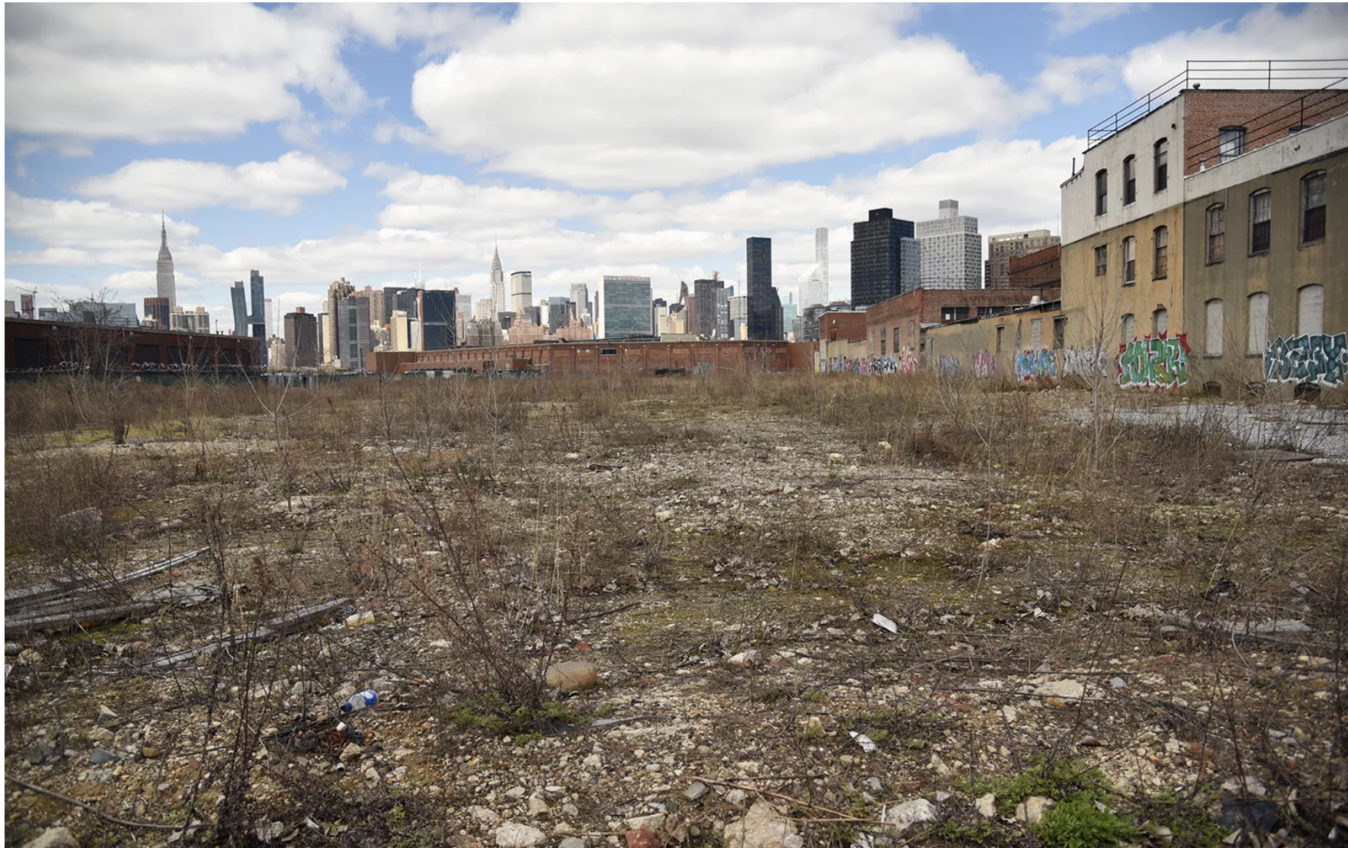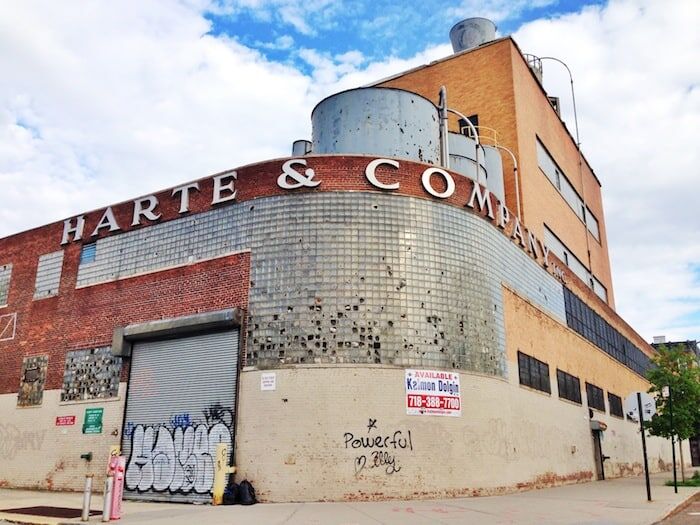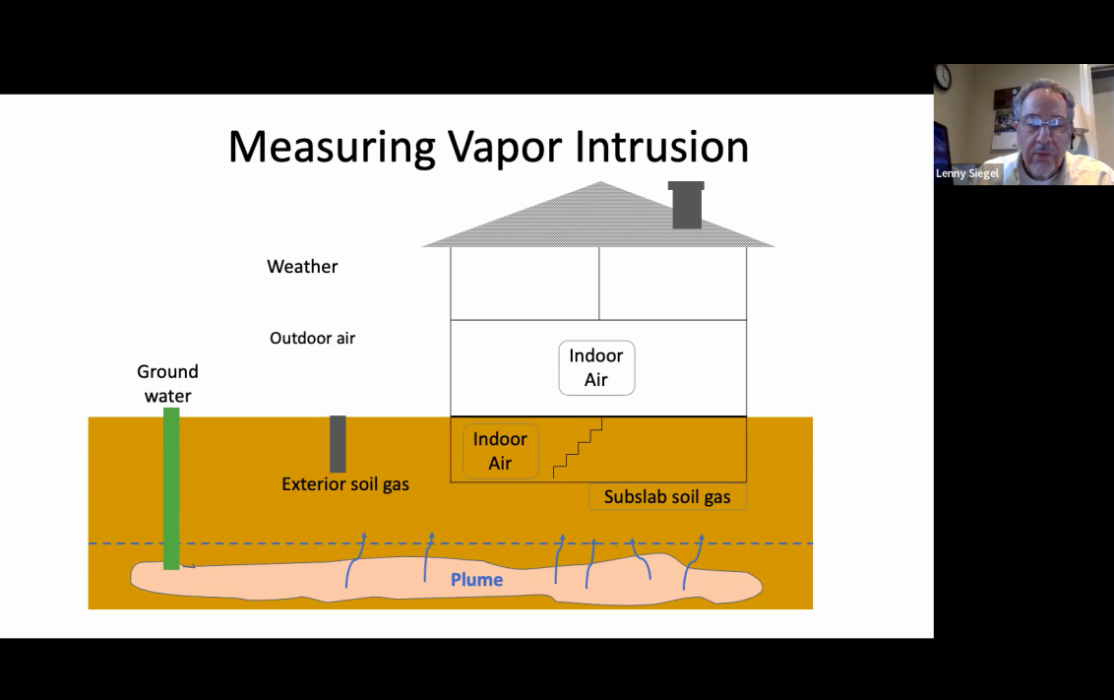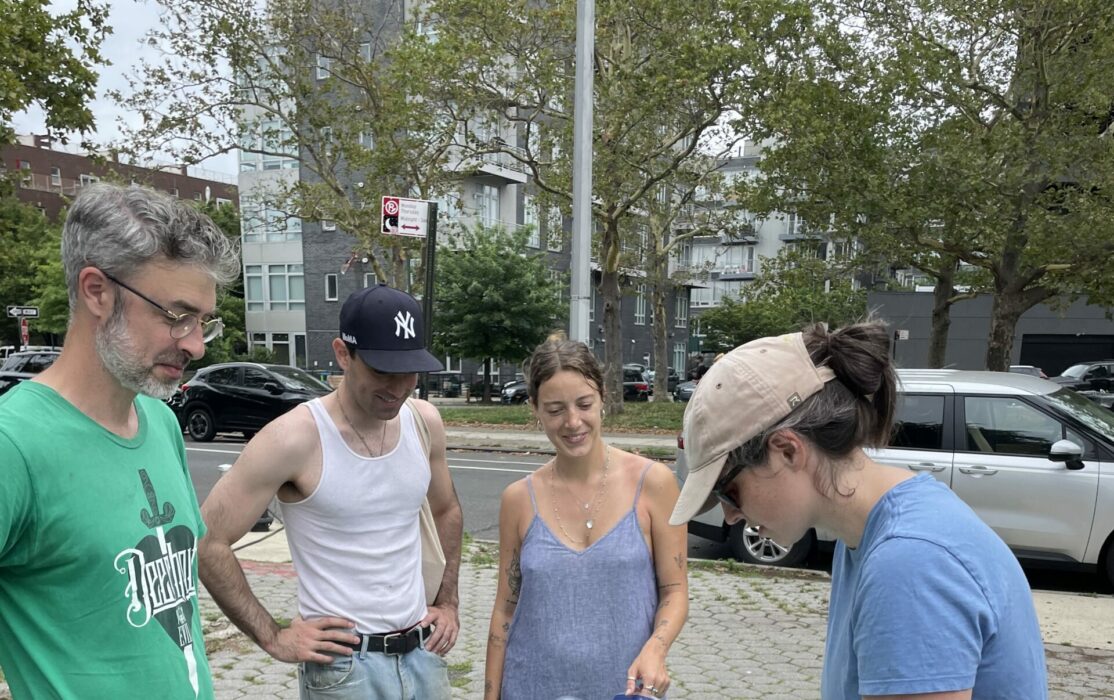How-to Write Public Comments to DEC

North Brooklyn has many brownfields, contaminated sites that require remediation before being approved for use, and other sites that need environmental cleanup.
The New York State Department of Environmental Conservation (DEC) oversees most environmental cleanups and runs a brownfield cleanup program in conjunction with the Department of Health. DEC sets rules and standards for site remediation. However, not all sites are required to be cleaned equally and not all sites can be used for all purposes. For example, a site with a certain level of contaminants in soil may make it dangerous if the location is turned into a children’s playground but the site is deemed safe to be used as a factory, with all soil sealed under concrete.
For the most part DEC oversees the process, but a private entity pays for the cleanup. In some cases, that entity is the business responsible for causing the contamination, but more often other entities pay for remediation despite having no connection to historical contamination. Typically, those looking to develop the land take on the additional costs of environmental remediation in order to build.
Public engagement is a required part of the cleanup process and as such, there exist opportunities for local residents and other stakeholders to provide feedback on the cleanup plans. Yet the public information can be difficult to access and the many steps in the cleanup process can be confusing. But a few simple tips can make the process of providing comments less daunting.
Reading DEC fact sheets
DEC releases short “fact sheets,” usually two to three pages, that summarize the site, its history, and the cleanup plans. The fact sheets contain many acronyms and technical jargon that can be difficult to understand, especially for someone who is unfamiliar with the process, and can make it hard to even know where to start. Here’s how to read the fact sheets.
- Look at the “Site Location” section, found on the final page of a fact sheet. The satellite view with the site boundaries outlined is the best way to understand exactly what area is included.
- Check out the “Site Description.” In addition to giving a written description of the site location, this section gives a background on previous land uses, which often gives clues as to the cause of the contamination. This section also contains a link to additional, detailed information. Following this link should only happen after you have a good understanding of the fact sheet and are interested in more detailed, technical information about the site in question.
- Read through the “Summary of the Investigation.” This section briefly summarizes what is known so far about the contamination of the site. This is usually where the specific contaminants are listed.
- Then read through the rest of the document, including the first page. This is where you will find information about where the site is in the cleanup process and how to provide input.
Providing Input
At this point, you know the basics of site’s contamination, what’s being done, and what is being proposed. Some fact sheets may describe next steps, propose action, or make the case for why specific actions are not necessary. If you choose to investigate further, the best place to start is at the link in the “Site Description” section. However, it is also acceptable to provide comments based solely on the fact sheet. For the vast majority of sites, these fact sheets are the DEC’s main form of public engagement and they should be aware of questions that remain after reading these materials.
In addition to providing formal comments, you can also email or call the listed project manager any questions you may have about the comment-gathering process or flag any issues of concern. Formal comments can be made in any form, but the easiest way is to email the project manager, including the site number in that email. Comments can also be mailed.
A good place to start comments would be to state who you are, and why the cleanup affects you and your community. Then you can list any questions or concerns you have. Below are some questions to help brainstorm:
- What if the cleanup does not go as expected? How will the site plan change if a cleanup cannot be achieved?
- Will the community have access to a person who can give updates? Who can they call if there is a problem?
- What is being left in the ground? Why has that been deemed ok?
- What are the chances that what is in the ground may get into the air or water? What kind of protections are being taken to ensure that doesn’t happen?
- How is the waste material being transported from the site to a disposal facility?
- What are the larger justice implications of this plan? If waste material is being taken elsewhere, how is it getting there? Will it cause additional traffic through already overburdened areas? What if the truck loses material? What about where it is dumped/landfilled? How are the people and ecology of that area being affected/protected?
- What other cleanup measures were considered and why weren’t the other measures adopted? Do you agree with these reasons?
- Does the plan fully take into account nearby vulnerable populations?
Remember, it can be valuable to provide feedback even if something isn’t clear or understandable, this type of consistent feedback can help make the process more accessible in the long run.
Public engagement is a required part of the process, but for too long the public engagement tools have been overly complicated, making it difficult for the non-technical expert to provide input. Any feedback helps to hold both private entities and local government accountable and will help create a safer and healthier North Brooklyn.



